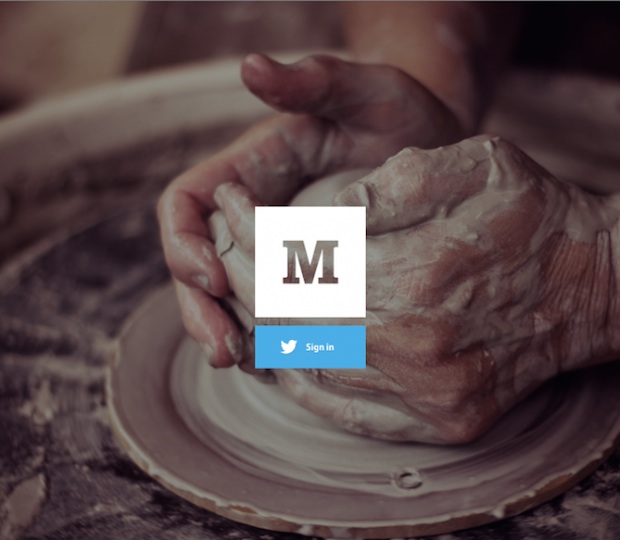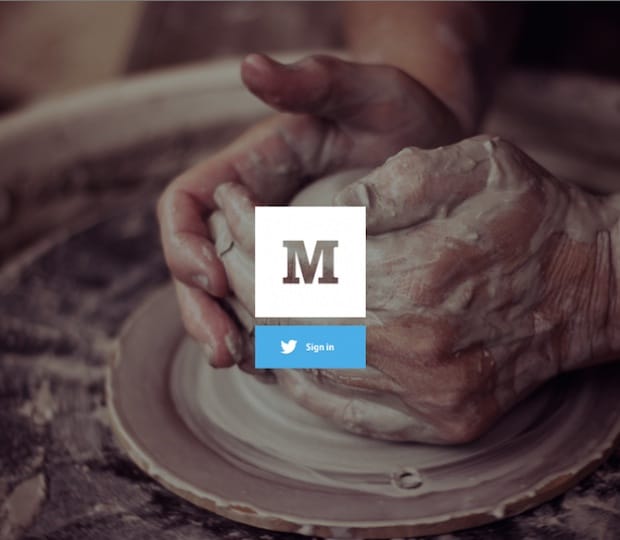Impressed by its simple and functional interface, Ben Steers of Bristol-based studio Fiasco Design hails Medium as a contemplative alternative to the myriad of online publishing platforms.

I’ve always been a fan of design that’s simple. Design that concentrates on the essential aspects and ignores superfluous non-essential elements to communicate an idea or function. “Good design is as little as possible,” as Dieter Rams famously put it.
A couple of years ago ‘flat design’, a web design approach that focuses more on usability rather than excessive graphics or illustrations, became the latest web trend. Whilst a global change in UI patterns was notable, how would these new design methodologies affect how we read and connect with content online?
Luckily for us Medium had the answer. A web-based publishing platform, Medium was born out of this shift in thinking. A clean, clear space devoid of any “non-essential elements”, a space that anyone can come to and voice their ideas or opinions. In the current digital landscape, Medium is an island of calm in a sea of noise - a place where you can slip away and read in peace. The web needs more havens like this.
What first attracted me to Medium was how comfortable it felt. Built on the idea that “words are central”, Medium puts words in sharp focus with no gratuitous UI elements to distract you. It contains all the tools you need as a reader or editor and nothing in-between.
When you sit down to start reading it’s just you and the text without distraction. The menu bar is hidden from view until you decide to scroll up again, comments are left inline but are hidden and signposted by a small, unobtrusive icon to the right of the central column of text. The font sizes are larger, the line height is increased and the width of the central column is narrower than your traditional blog or news post. Why does all this matter? Well, simply put, designing how words are formatted and how they look can directly impact someone’s connection to the content.
What Medium does is exemplify good design. It fulfils its intended function and optimises the users experience of the product. It creates an environment that’s comfortable and it does all of this without you even really noticing. It just quietly gets on and does what it’s supposed to – make your life better.
Ben Steers
…is the creative director of Bristol-based studio Fiasco Design. The team recently created a new, much-lauded website for exhumed Penguin imprint Pelican, which allows users to both buy and read books online. Other recent projects include developing visuals to promote Moleskin and Adobe’s collaboration between the former’s Smart Notebook and Creative Cloud Connected, which quickly transforms sketches into workable digital files, and a website redesign for short film and animation festival Encounters.
Medium
Set up by Twitter co-founders Biz Stone and Evan Williams, Medium is a blog-publishing platform that takes in both professional and non-professional contributions. It was established to encourage existing Twitter users to create longer posts that the 140-character limit, and is underpinned by a WYSIWYG (what you see is what you get) editing system unlike similar services like Blogger and Wordpress.

